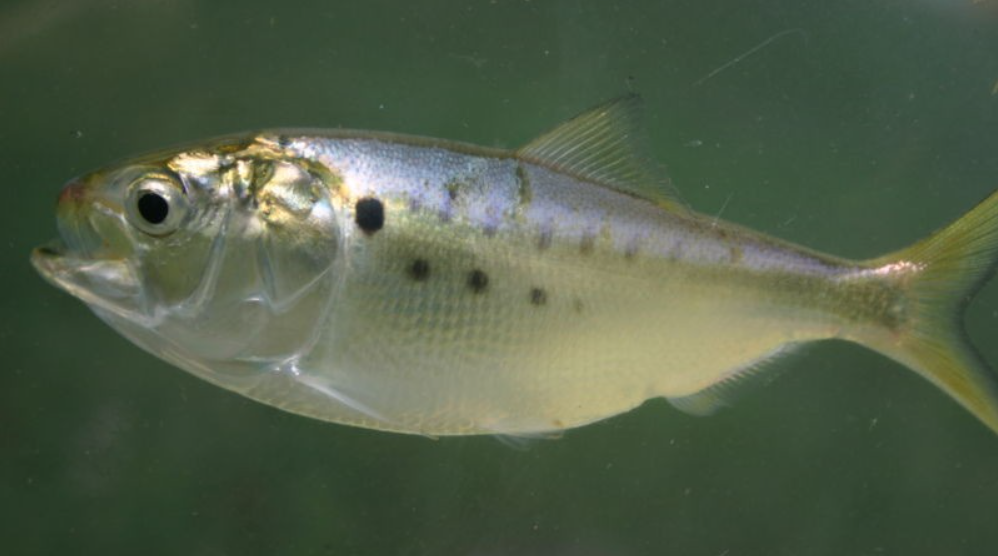Atlantic menhaden are a surface-schooling planktivorous fish found in the waters spanning the East Coast. Their two main roles are essential to our coastal ecology: to eat and to be eaten. Menhaden filter our waters by consuming phytoplankton and detritus thus becoming an energetically rich prey item for anything and everything living in or around our coastal waters. Using multi-year survey data from drones and satellites we looked at when, where, and how many menhaden are schooling in Long Island waters as well as who is consuming them. An imaging technique called photogrammetry was used to look at morphology characteristics of schools and their predators.
This lecture is free with admission to the lighthouse
More About the Speaker:
Dean Hernandez is a M.S. student at Stony Brook University in the Acoustic Laboratory for Ecological Studies. For the past three years, alongside Dr. Joseph Warren, he has studied the spatial and temporal distribution of Atlantic menhaden and their predators on Long Island’s south shore by implementing photogrammetric techniques to better understand menhaden abundance, school and predator morphology, and predator-prey dynamics.
Dean Hernandez is a M.S. student at Stony Brook University in the Acoustic Laboratory for Ecological Studies. For the past three years, alongside Dr. Joseph Warren, he has studied the spatial and temporal distribution of Atlantic menhaden and their predators on Long Island’s south shore by implementing photogrammetric techniques to better understand menhaden abundance, school and predator morphology, and predator-prey dynamics.


